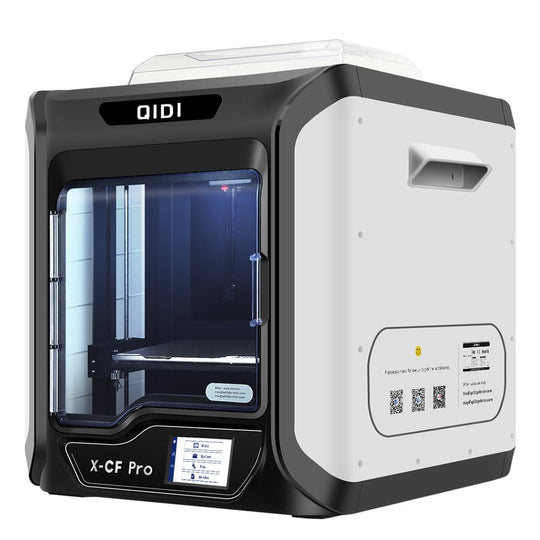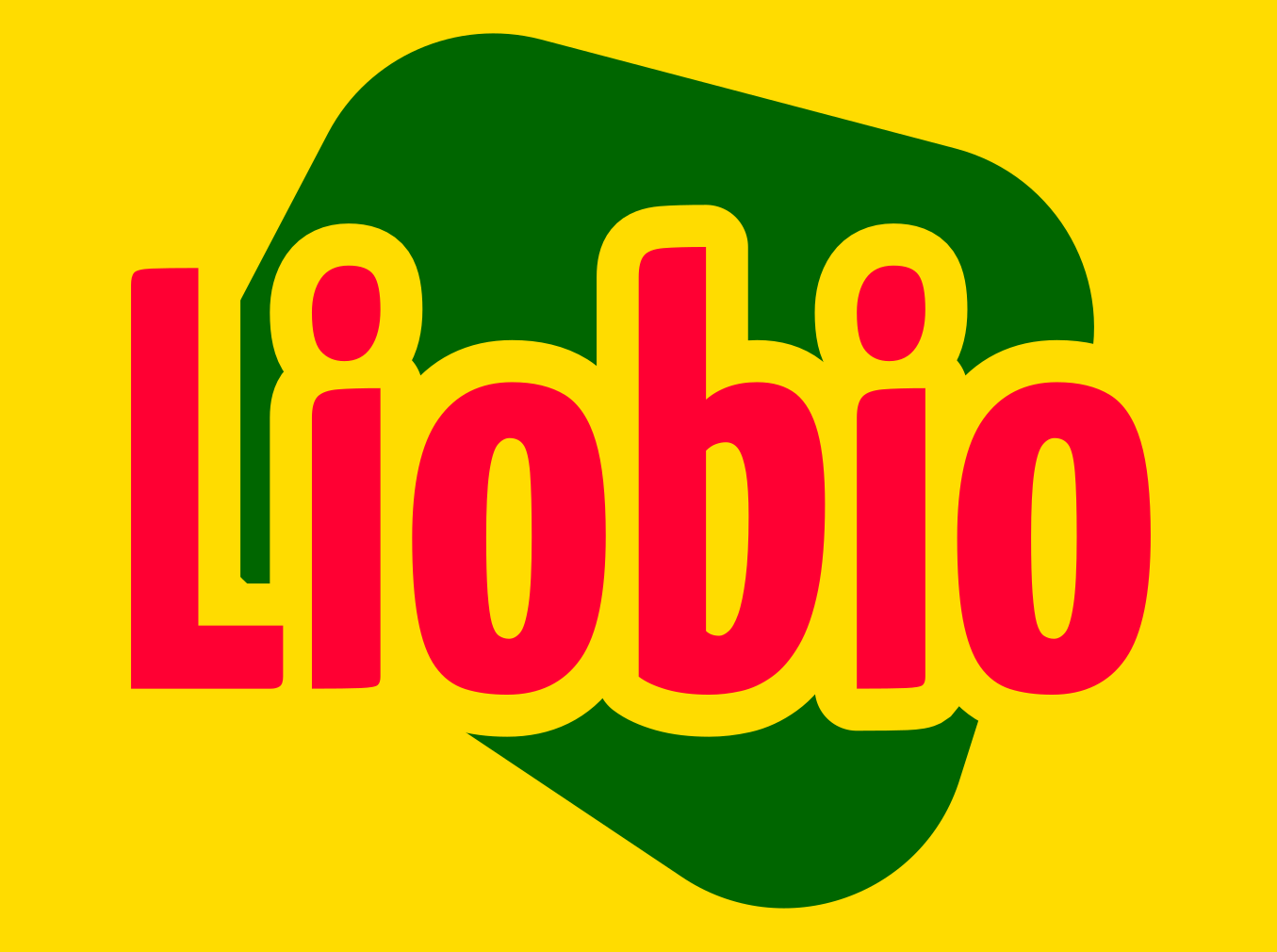Unlocking the Secrets of FDM Technology: Transform Your Ideas into Reality!
Fused Deposition Modeling (FDM) technology has revolutionized the world of 3D printing, making it more accessible to hobbyists, engineers, and educators alike. With its ability to create intricate designs from digital models, FDM has established itself as a cornerstone in the landscape of additive manufacturing. The growing popularity of FDM printing can be attributed to its user-friendly nature and versatility, allowing users to transform their creative ideas into tangible objects. In this article, we will dive into the fundamentals of FDM technology, explore its diverse applications across various fields, and highlight the key advantages that make it a preferred choice for many. Whether you're a seasoned professional or just starting your 3D printing journey, understanding FDM technology is essential to unlocking your potential.

Understanding FDM Technology
At its core, Fused Deposition Modeling (FDM) is a 3D printing process that constructs objects layer by layer by extruding thermoplastic materials through a heated nozzle. The process begins with a 3D digital model, which is sliced into hundreds or thousands of layers using specialized software. Once the model is prepared, the FDM printer heats the thermoplastic filament—often made from materials like PLA, ABS, or PETG—and extrudes it through a nozzle, which moves in precise patterns to deposit the material onto a build platform. As each layer cools and solidifies, the printer moves up slightly, and the next layer is added, gradually building the object from the bottom up. The precision of this layering process is crucial in achieving high-quality prints. FDM technology allows for the creation of complex geometries and intricate designs that would be challenging to produce through traditional manufacturing methods. A friend of mine, an engineering student, recently completed a project using FDM printing to create a detailed model of a bridge. The precision of the layers allowed him to showcase the intricate details of his design, something he couldn't have achieved with conventional methods.
Applications of FDM 3D Printing
The versatility of FDM technology enables its application across numerous industries. In manufacturing, companies utilize FDM for rapid prototyping, allowing for quick iterations and testing of product designs before full-scale production. For instance, automotive companies create prototypes of parts, reducing the time and cost associated with traditional manufacturing. In the healthcare sector, FDM is making waves with custom prosthetics and dental applications. The ability to produce tailored solutions for patients not only enhances comfort but also improves functionality. Educational institutions have also embraced FDM technology, integrating it into curricula to teach students about design and engineering principles. I remember visiting a local high school where students were using FDM printers to create models for their science projects; it was inspiring to see young minds harnessing technology to bring their ideas to life. Additionally, the architectural field benefits from FDM printing in creating scale models, allowing architects to visualize their designs in three dimensions and communicate their ideas effectively to clients.
Advantages of FDM Technology
FDM technology presents several advantages that contribute to its growing popularity. First and foremost is its cost-effectiveness. The materials used in FDM printing, such as PLA and ABS, are relatively inexpensive compared to other 3D printing materials. This affordability makes it accessible to a wider audience, from hobbyists to professional designers. Furthermore, FDM printers are often user-friendly, making them ideal for beginners. Many models require minimal setup and can be operated with basic knowledge of 3D printing concepts. The learning curve is manageable, allowing users to quickly transition from concept to creation. Another significant advantage is the ability to produce complex geometries that would be difficult or impossible to manufacture using traditional methods. This capability fosters innovation, enabling designers to push the boundaries of what is possible. A good friend of mine, who is an industrial designer, often shares how FDM has allowed her to experiment with avant-garde designs that challenge conventional aesthetics. Lastly, the ability to print using biodegradable materials, like PLA, aligns with the growing emphasis on sustainability in manufacturing. This eco-friendly aspect of FDM technology not only appeals to environmentally conscious users but also contributes to the broader movement towards sustainable production practices.
FDM Technology: A Gateway to Innovation
In summary, FDM technology stands out as a transformative force in the world of 3D printing, offering a unique blend of accessibility, versatility, and innovation. From its fundamental principles to its diverse applications and notable advantages, FDM enables individuals and industries to turn their ideas into reality. As you explore the possibilities of FDM printing, consider how this technology can enhance your projects, whether in design, prototyping, or education. The potential is vast, and the journey is just beginning—so take the leap and unlock the creative possibilities that FDM technology has to offer!


